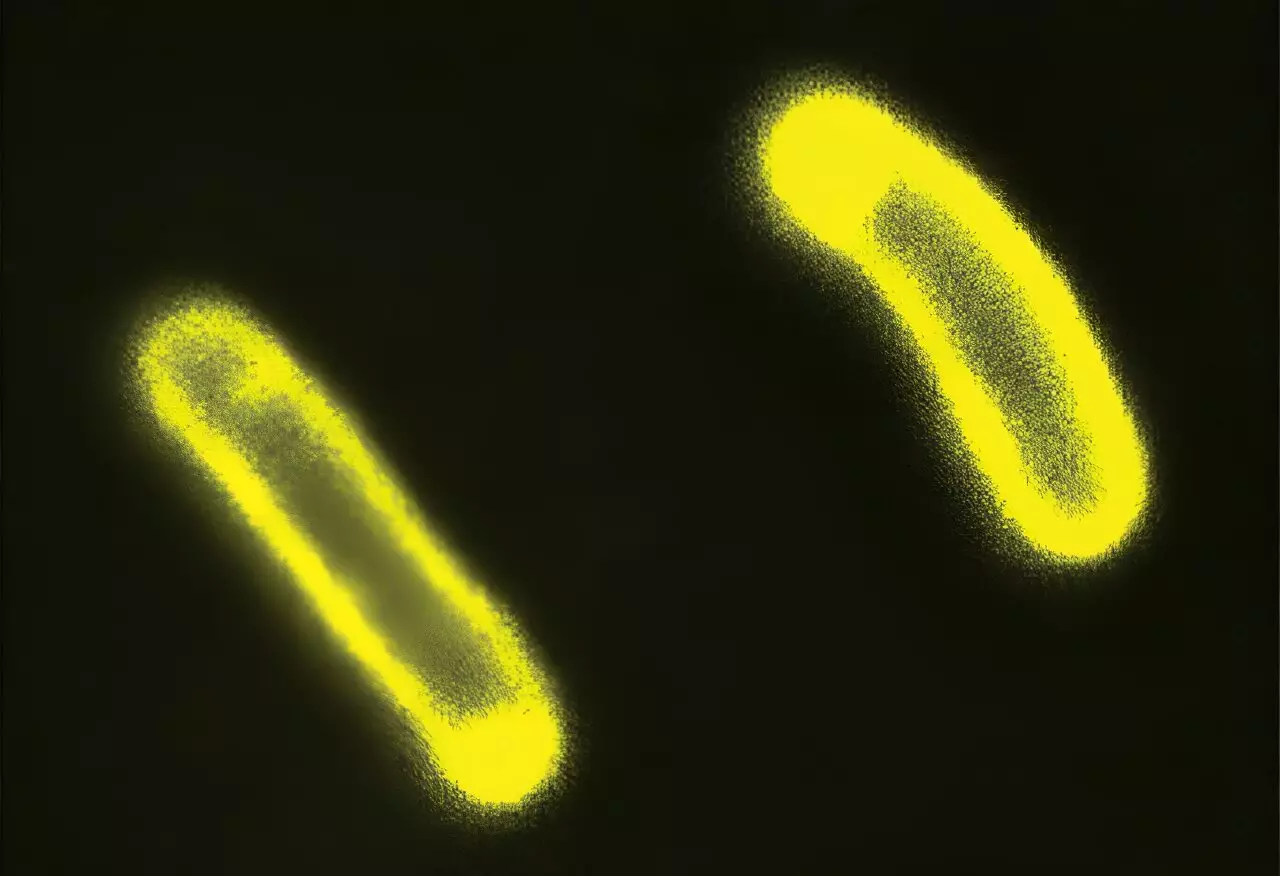Recent advancements in the field of biological chemistry have begun to challenge long-established paradigms about cellular structure and function. Traditionally, research has concentrated largely on the mechanisms that are most visible and tangible—i.e., protein folding, gene expression, and electrical signaling pathways. These cogs of the cellular machinery have been deemed critical for understanding disease mechanisms and developing potential treatments. However, a new wave of research is shedding light on a less visible yet equally significant aspect of cellular dynamics: biological condensates.
Understanding Biological Condensates
Biological condensates are unique cellular structures formed by the phase separation of biomolecules, akin to how oil droplets float upon water. What distinguishes these condensates is that they do not require a surrounding membrane to maintain their integrity; rather, they manifest as specialized compartments within cells, influenced by density variations among the components. Previous investigations indicated that these structures can trap or concentrate certain proteins and biomolecules while excluding others. This dynamic behavior allows biological condensates to either promote or inhibit cellular activities, thus influencing various biochemical processes.
While early studies have focused on the localized effects of these condensates, new findings are revealing broader implications. Researchers from Duke University and Washington University in St. Louis, for example, have recently published a study indicating that the influence of these condensates can extend well beyond their immediate physical environment, altering cellular behavior in unexpected ways.
This research posits that biological condensates may serve as a novel mechanism for modulating the internal electrochemistry of cells. The electrical potential across a cell’s membrane plays a pivotal role in a wide range of physiological processes, influencing everything from nutrient transport to cell signaling and immune response. The study suggests that condensates, through their ability to sequester ions and other charged molecules, can create electrostatic imbalances that affect the overall electrical properties of the cell.
Crucially, the researchers found that even a small number of these condensates can instigate significant changes in global cellular behavior, likened to a “wireless connection” affecting how cells interact with their environments. This discovery provides a groundbreaking perspective on how seemingly inconsequential structures can exert a far-reaching impact on cellular physiology.
One of the most startling conclusions drawn from this research is the role of biological condensates in antibiotic resistance. By creating targeted conditions that induce condensate formation in E. coli bacteria, the researchers were able to chart changes in the electrical charges of cellular membranes. Notably, the study found that the condensation event can lead to a more negatively charged membrane, which directly influences the bacteria’s interaction with charged antibiotic molecules.
The implications of this finding are profound. This mechanism may provide an explanation for variations in antibiotic susceptibility among bacterial strains and help pave the way for innovative treatment strategies. By understanding how condensates influence bacterial behavior, scientists may develop new avenues to combat antibiotic resistance, a growing global health crisis.
As researchers continue to probe the intricacies of biological condensates, many expect that the phenomena observed are just the beginning. The interplay between biological condensates and cellular physiology appears to be a multi-faceted relationship that warrants further exploration. The mechanisms by which these structures influence cellular activities could range from gene regulation to metabolic processes, making them essential subjects of study for both basic and applied biological sciences.
While the current study emphasizes the electrical properties conferred by condensate formation, the various ways condensates can affect cellular behavior may encompass other realms, including stress responses, aging, and disease progression. Understanding these relationships could unlock new strategies for intervention in a myriad of health issues.
Biological condensates introduce an essential layer of complexity to our understanding of cell function and interaction with the environment. Far from being mere cellular byproducts, these structures present a dynamic, regulatory influence over a host of physiological processes. As research advances, it may very well lead to a paradigm shift in the field of biological chemistry, encouraging scientists to reconsider previously held notions and explore the hidden dimensions of cellular biology. The realization that these unassuming blobs can hold keys to understanding both cell health and disease is both exciting and humbling, challenging the scientific community to delve deeper into the cellular world to uncover its many mysteries.

